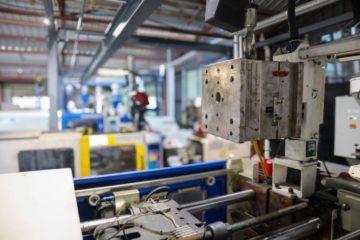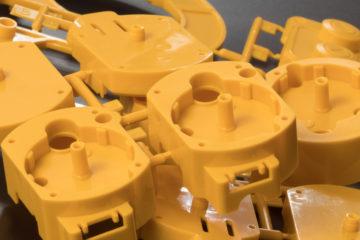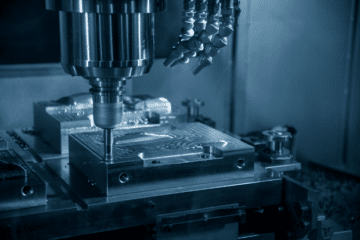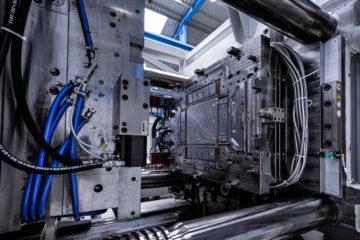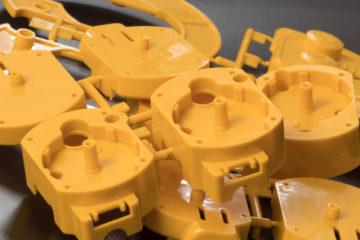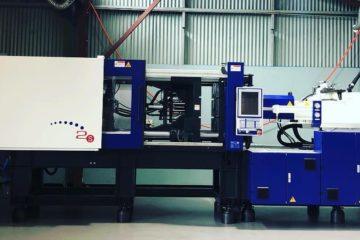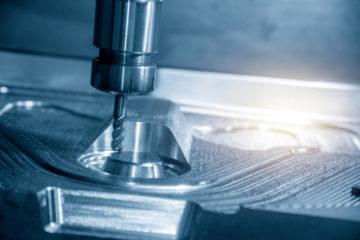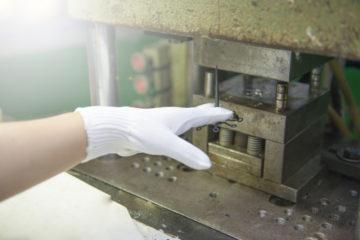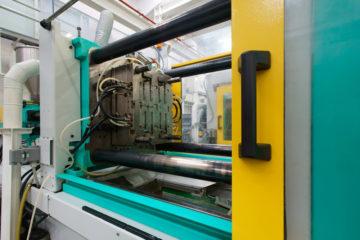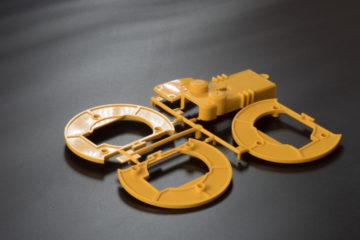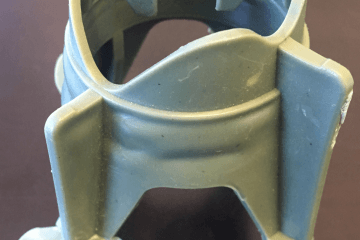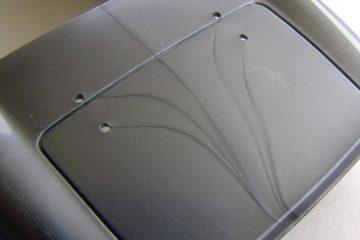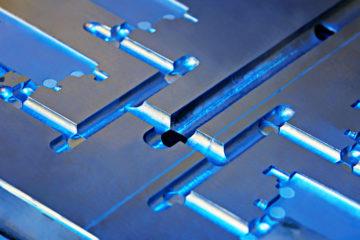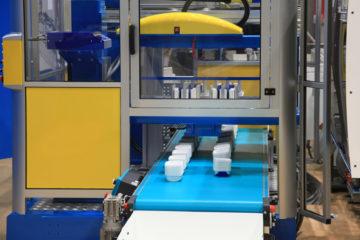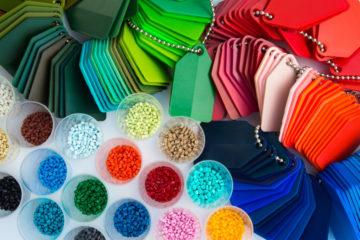Today, plastic injection moulding is responsible for the creation of products as varied as buttons and toys to state of the art computer touch screens and parts for aerospace products. A versatile and incredibly useful process, plastic injection moulding has paved the way for modern invention and design, and is something the world today could not function without. But where did it come from? Who invented it? Where did it originate? How did it catch on? You’re in luck, because all of those burning questions are about to be answered as we delve into its interesting history…
Origins
Who would have thought it? The humble billiard ball was in fact the product that spawned the entire practise of plastic injection moulding, after John Wyatt was asked in 1868 by Phelan and Collander (a billiard ball making company) to come up with a way to make the products more efficiently and in a more uniform manner. John Wyatt and his brother Isaiah set to work and by 1872 had created the first plastic injection moulding machine. While the machine was relatively basic, it worked perfectly for its purpose, consisting of a plunger-style part that injected plastic into the mould.
Evolution
The process of plastic injection moulding was to undergo a serious makeover in 1946, however, when a man called James Hendry developed the original screw injection moulding machine, which utilised an auger design instead of a plunger. This is the method still used today by most injection moulding machines.
Modern Incarnations
Today, the product design of injection moulding machines is much sleeker, although the technology itself has not changed very much. With computer technology we are able to achieve more specificity through injection moulding, which is why it accounts for such a large range of products on the market today. In almost any shop or home in the world, you would be hard pressed not to find at least something that was created through the process of plastic injection moulding. It forms an integral part of today’s design and manufacturing industry, which is quite a large claim to fame from a technique that developed because of balls.
Subscribe to Our Newsletter
Get the latest news from Dienamics into your inbox







